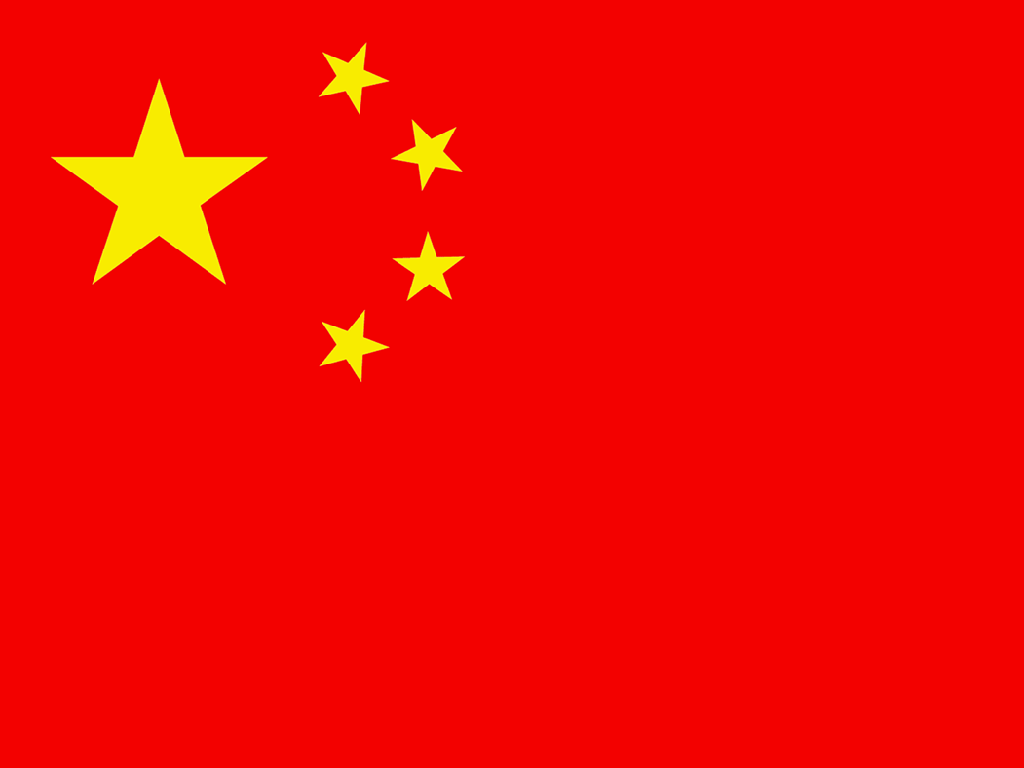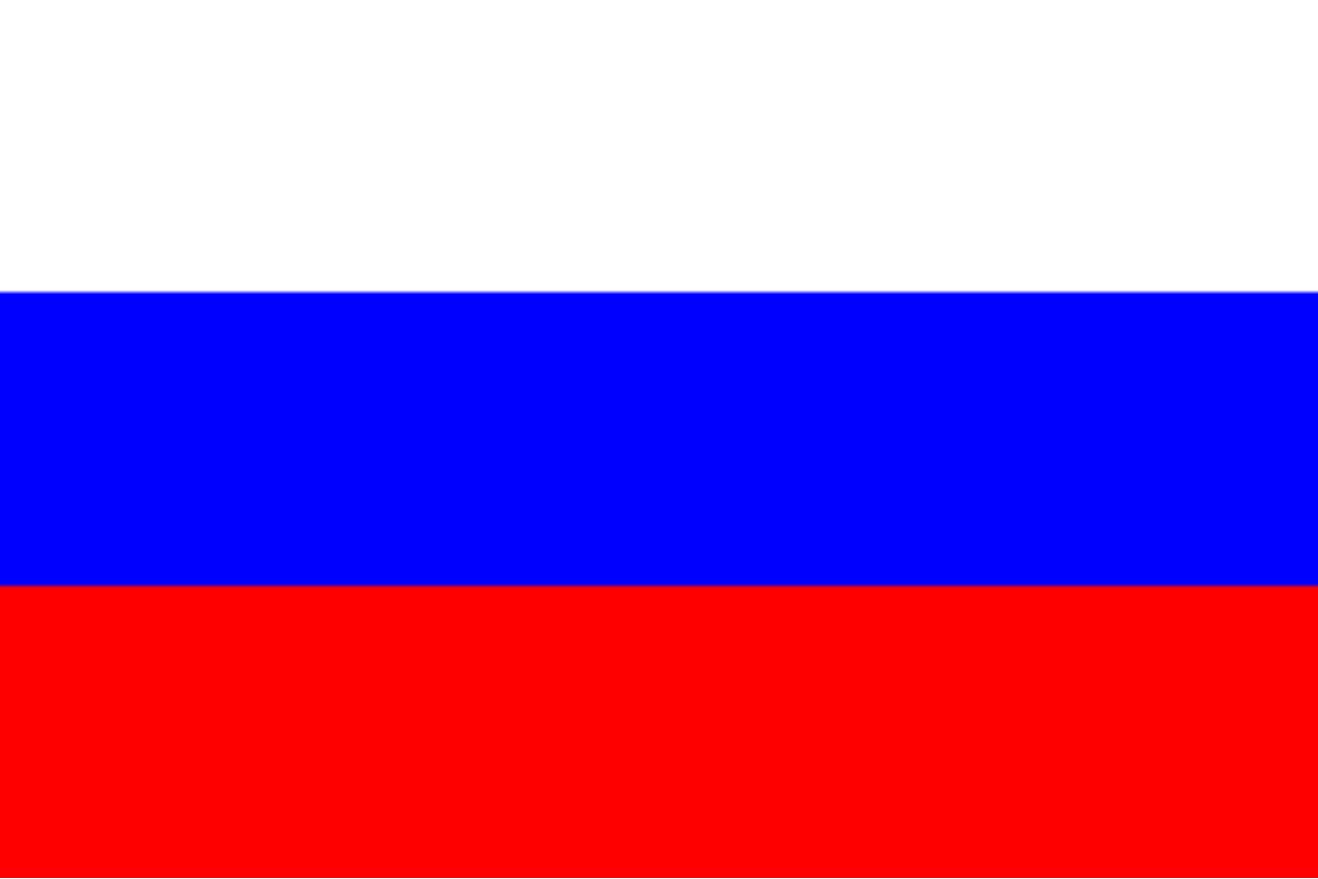Team:Tsinghua/project
From 2010.igem.org

Background
 Antibodies are a kind of magic substance.
Antibodies are a kind of magic substance.
Antibody-related research topics can be divided into two directions:
Firstly, in the natural science area, studying the antibody production mechanism in mammals is central. The core issue is how B-cells can produce numerous antibodies using limited gene fragments in the chromosome. Consequently, when required, producing plenty of proper antibodies to respond to the changing external environment.
Secondly, in the engineering field, the main goal lies in developing an antibody production technology. The core question here is how to develop an economical and effective method to manufacture various highly specific antibodies.
We believe that the two are essentially uniform.
antibody generation. Thanks to the simple and easy-to-industrialize nature of prokaryotic systems, such an antibody generation system, once established, will facilitate the cheap and efficient production
of antibodies.
Production of antibodies in the mammalian immune system involves two steps:
-Random production of a large numbers of antibodies
-Selection of a specific antibody matching the antigen.
Therefore, our Antibody Generation System would be composed of two devices:
Module I: Generation of antibody library.
Using an efficient bacterial in-vivo recombination method, we simulate the complex restructuring process during the development of immune B-cells with the simple recombination during the proliferation of the Escherichia coli bacteria, with the purpose of using a single strain of bacteria to generate an antibody library.
In our project we also use mathematical modeling as a tool, to prove the feasibility of this system in theory. /to prove the theoretical feasibility of this model.
Module II: Selection of specific antibodies
For antibody screening, the immune system has evolved a smart way to pick out the antibodies it needs. However, we need a simple way to industrialize the selection of antibodies independent of the eukaryotic system. Our antibody generation system will try to combine the advantages of both the mammalian immune system and the prokaryotic reproduction system.Several strategies have been developed to achieve these goal:
1. Using a combination of proteins on the E.coli membrane to simulate the recognition of antigen and antibody, and use the signaling mechanism of prokaryotic cells to transfer the correct recognition to the downstream signal.
2. Using the extracellular presenting system of the Prokaryotes to change the antibodies screening to the simple "Filter" screening.
3. Using the interaction and combination system of the Prokaryotes to change the antibodies screening to the simple antibiotic resistence screening.
 抗体是一类神奇的物质。
抗体是一类神奇的物质。
与抗体有关的科学问题主要分为两个方向:
一是在自然科学领域,研究哺乳动物体内抗体的产生机制及其作用机理,其核心问题是,免疫系统如何利用有限的基因片段产生理论上无限多种抗体,并在特定情况下大量产生适当抗体,从而应对不断变化的外界环境。
二是在工程学领域,研究抗体生产技术,其核心问题是:能否发展一套迅速、便宜生产各种高特异性抗体的系统。
而本质上,这两个方向却是统一的。
根据合成生物学的思想,清华大学iGEM10项目希望以原核生物为基础,构建一个完全模拟免疫系统抗体生成过程的人造系统,通过该系统,研究抗体形成的有关问题;而由于原核生物本身的特点,这个系统同时具有了抗体工业化生产所必需的高效、便宜的特性。实现了科学与工程的完美统一!
免疫系统的抗体生成过程包括两个步骤:
-随机产生大量多样的抗体
-对某种特定抗体进行筛选
因此,我们的系统由两部分组成:
模块 I: 抗体库的构建
使用一种高效的大肠杆菌体内重组(in-vivo recombination)方法,使细菌在增殖过程中的重组来模拟免疫B细胞发育过程中复杂的重组过程,从而达到使用单一菌株简单构建抗体库的目的。 同时,利用数学建模工具在理论上印证此系统能产生的抗体数目,可达到与免疫系统相当的数量级。
模块 II: 特异性抗体的筛选
在抗体筛选中,免疫系统所使用的方法显然要简单、高效的多。而脱离开复杂生物系统的工业生产中的筛选方法,则更易于操作。在我们的系统中,这两个筛选策略的优势得以结合。几种基于不同思路的方法被开发出来,以实现这些目的。目前主要包括:
1、 应用原核生物跨膜信号系统模拟免疫系统膜联抗体与抗原结合后所启动的应答机制,从而将抗体筛选转化成下游简单的营养型筛选。
2、应用原核生物胞外呈递系统将抗体筛选转化成简单的“过滤”筛选。
3、应用原核生物结合系统将抗体筛选转化成抗性筛选。
 Antikörper sind eine Art magische Substanz
Antikörper sind eine Art magische Substanz
Forschung in Antikörpern kann in zwei Gebiete eingeteilt werden:
Erstens, im naturwissenschaftlichen Bereich, ist das Studium der Produktionsmechanismen von Antikörpern in Säugetieren zentral. Der Kernpunkt hier ist die Frage wie B-Zellen unzählige Antikörper aus einer begrenzten Menge Genfragmente im Chromosom herstellen könne. Infolgedessen können sie mit eine Vielzahl korrekter Antikörper auf Änderungen in ihrer Umwelt reagieren.
Zweitens, im Ingenieurbereich, ist es das Ziel eine Technologie zu entwickeln zur Antikörperproduktion. Die zentrale Frage hier ist wie man eine kostengünstige und effektive Methode zur Produktion von hoch spezifischen Antikörpern entwickeln kann.
Wir glauben das beides im wesentlichen uniform ist.
Inspiriert vom Konzept der synthetischen Biologie ist das Tsinghua iGEM 2010 Projekt auf die Entwicklung eines Systems zur künstlichen Herstellung von Antikörpern (Artificial Antibody Generation System) mit Hilfe von prokaryotischen Zellen, die einen neuen Weg zur Lösung des Problems anbieten, fokussiert. Dank der simplen und leicht zu industrialisierenden Natur des prokaryotischem Systems wird ein solches antikörperproduzierendes System, sobald es etabliert ist, die kostengünstige und effiziente Produktion von Antikörpern möglich mache,
Die Produktion von Antikörpern im Immunsystem von Säugetieren besteht aus zwei Schritte:
-Die Produktion einer grossen Anzahl zufälliger Antikörper
-Die Selektion der gewünschten Antikörper die zum entsprechendem Antigen passen
Aus diesem Grund besteht unser Antikörper produzierendes System aus zwei Komponenten:
Modul I: Erstellung einer Antikörper-Bibliothek
Mit Hilfe einer effizienten bakteriellen in-vivo Rekombinationsmethode simulieren wir den komplizierten Umstrukturierungsprozess, der während er Entwicklung von B-Zellen im Immunsystem stattfindet, mit der simplen Rekombination von Bakterien, Escherichia coli, die während der Vermehrung statt findet. Um dieses Ziel zu erreichen wir ein einziger Bakterienstamm zur Herstellung der Antikörper-Bibliothek verwendet.
In unserem Projekt verwenden wir auch mathematische Modellierung als ein Werkzeug um das System theoretisch zu beweisen.
Modul II: Selektion eines spezifischenAntikörpers
In der Antikörperselektion hat das Immunsystem einen intelligenten Weg entwickelt um die Antikörper die es braucht auszuwählen. Allerdings brauchen wir eine einfachen Weise um die Selektion von Antikörpern, unabhängig vom eukaryotischen System, zu industrialisieren. Unser Antikörperherstellungssystem wird versuchen die Vorteile vom Immunsystem der Säugetieren mit denen des Reproduktionssystem der Prokaryoten zu vereinen. Mehrere Strategien sind entwickelt worden um dieses Ziel zu erreichen:
1. Durch den Gebrauch einer Kombination von Proteinen auf der E. Coli Membran wird der Erkennungsmechanismus zwischen Antigen und Antikörper simuliert und der Signalisierungsmechanismus innerhalb der prokaryotischen Zellen wird gebraucht um die korrekte Erkennung zum nachgeschaltetem Signal weiterzugeben。
2. Durch den Gebrauch des extrazellulären Präsentiersystems der Prokaryoten, wird das Antikörper-Screening zum einfachen "Filter"-Screening.
3. Durch den Gebrauch des Interaktions- und Kombinationssystems der Prokaryoten wird das Antikörper-Screening zum simplen Antikörper-Resistenz-Screening.
 Anticuerpo es una especie de sustancia mágica.
Anticuerpo es una especie de sustancia mágica.
Los temas de investigación relacionados con el anticuerpo se puede dividir en dos áreas:
En primer lugar, en el área de las ciencias naturales, estudiando el mecanismo de producción de anticuerpos en los mamíferos. El tema central es cómo las células B producen numerosos anticuerpos utilizando limitados fragmentos del gen en el cromosoma. En consecuencia, en cierta ocasión, producen gran cantidad de anticuerpos adecuados para responder a los cambios del medio ambiente.
En segundo lugar, en el campo de la ingeniería, desarrollando una tecnología de producción de anticuerpos. El tema central es cómo podemos desarrollar un método económico y eficaz para la fabricación de diversos específicos anticuerpos.
Creemos que los dos son esencialmente uniformes.
Inspirado en el concepto de la biología sintética, Tsinghua iGEM 2010, el proyecto se centra en el desarrollo Sistema de Generación artificial de un anticuerpo dentro de las células procariotas para proporcionar una nueva forma para resolver los problemas sobre la generación de anticuerpos. Gracias a la simpleza y facilidad para ser industrializado el sistema procariótico, como un sistema de generación de anticuerpos, una vez establecido, facilitará la producción económica y eficiente de los anticuerpos.
La producción de anticuerpos en el sistema inmune de los mamíferos consta de dos etapas:
-Producir un gran número de anticuerpos al azar
-Seleccionar de los específicos de acuerdo con el antígeno.
Por lo tanto, nuestro Sistema de Generación de anticuerpos sería también compuesto de dos dispositivos:
Módulo I: La generación de la colección de anticuerpos
Utilizando un método de recombinación eficiente bacteriana in vivo, se simula el complejo proceso de reestructuración durante el desarrollo de las células B inmunes con la recombinación simple durante la proliferación de bacterias Escherichia coli, para lograr el propósito de utilizar una sola cepa de bacterias para generar una colección de anticuerpos.
Mientras tanto, este proyecto utiliza las herramientas de modelación matemática para demostrar la viabilidad de este sistema en la teoría.
Módulo II: Selección de anticuerpos específicos
En la detección de anticuerpos, el sistema inmune se desarrolla de una manera inteligente para seleccionar el anticuerpo que necesita. Sin embargo, se necesita una manera simple de industrializar la selección de anticuerpos independiente del sistema de eucariotas. Nuestro sistema de generación de anticuerpos tratará de combinar las ventajas de ambos sistemas: sistema inmune de mamíferos y el sistema de reproducción de procariotas. Varias estrategias se desarrollan para alcanzar tal objetivo:
1. Usar la combinación de proteínas en la membrana de E. coli para simular el reconocimiento entre el antígeno y el anticuerpo, y utilizar el mecanismo de señalización dentro de las células procariotas para transferir el reconocimiento correcto en la señal de corriente.
2. Utilizar el sistema extracelular que presenta los procariotas para cambiar la detección de anticuerpos a la simple "filtro" de selección.
3. Utilizar el sistema de interacción y combinación de los procariotas para cambiar los anticuerpos de detección para la proyección simple de resistencia a los antibióticos.
 Антитело—волшебное вещество.
Антитело—волшебное вещество.
А научная проблема ,которая связывается с антителом ,делится два направления: Во-первых, по естественной науке , изучают продукцию и механизм антитела в млекопитающем. И на этой стороне, вопрос сути обсуждения --- как В-клетка может использовать лимитированные фрагменты генов выработать многочисленные антитела в хромосомах.Следовательно,в требуемом моменте, можно выроботать множество надлежащего антитела, которое может адаптироваться заменяющую внешнюю среду.
Во-вторых, по инженерной области , изучают технику , вырабатывающую антителою. А вопрос сути обсуждения ---можно или нет развить и экономный действующий метод , который изготовит разные своеоразные антитела. И мы верим , что по существу это две стороны единообразны . Благодаря синтетической биологии , проект Университета Цинхуа (iGEM10) хочет использовать прокариоты установить искусственные системы, которые совсем имтируют процесс генерации антитела иммунной системы. Благодаря этой системе , нам можно изучать волросы о генерировании антитела . А так как у прокариотовесть свои особенности, в то же время у этой системы эффективные и дешёвые особенности , которые нужны промышленному производстве антител.
Процесс генерации антитело иммунной системы существует две ступени :
---Произвольно выдаётся множество разных антител.
---Выбирают некоторые своеобразные антитела.
Для этого, наша система составится из двух частей :
МодульⅠ:выработка сбор антител
По эффективному метод , который использует рекомбинацию кишечной палочки. Потом бактерии рекомбинируют ,когда бактерии пролиферируют , и нам можно дальше имитировать перестройку иммунных В-клеток в своём развитии. Потому и мы сделаем с целью выработать сбор антител единственным видом бактерии.
В то же время , в нашем проекте , по моделированию математики , докажем осуществимость этого проекта.
МодульⅡ: Выбор специфических антител
Для скрининга антител, способ выделить антитела иммунной системы Более простой и более эффективной . Тем не менее, мы должны простой способ индустриализации выбор антител зависит от эукариотических системы. Наша система антител поколения будет пытаться совместить преимущества обоих млекопитающих иммунной системы и прокариотических системы воспроизводства. Некоторые стратегии были разработаны для достижения этих целей:
1. Используя сочетание белков на мембраны E.coli для имитации признание антигена и антитела, и использовать механизм сигнализации прокариотических клетках для передачи правильного распознавания на выходе сигнал.
2. Использование внеклеточных представления системы Прокариоты изменить антител отбора для простых "Фильтр" скрининга.
3. Использование взаимодействие и комбинация системы Прокариоты изменить антител отбора для простых антибиотиков скрининга сопротивления.
 抗体とは、不思議な物質である。抗体に関する科学問題には二つの種類がある。
抗体とは、不思議な物質である。抗体に関する科学問題には二つの種類がある。
一つは自然科学の領域で、哺乳動物の体の中の抗体の発生体制およびその原理である。その中核の問題はどのようにして、限られた遺伝子の一部を利用し、無限のさまざまな抗体を作るのか、そして、変わりつつある外界の環境を応対するため、どうやって特定な場合にたくさんの適当な抗体を発生させるのか、ということである。もう一つは工程学の領域で、抗体を作成する技術を研究することである。その中核の問題は、さまざまな高特異抗体をすばやく、安く作成できるかどうかということである。本質的に言えば、この二つの種類は一緒である。合成生物学の思想により、原核生物を基づき、清華大学iGEM10プロジェクトは免疫システム抗体の発生のプロセスを全て模擬する人口的なシステムを構成しようとしている。このシステムを通じて、抗体発生に関する問題を研究できるし、抗体工業化生産には必要な効率的と安い特性も持っていて、科学と工程の結びつきを実現した!
免疫システムの抗体発生のプロセスには二つの段取りがある:
ランダムに多種多様な抗体を作成する;
ある特定抗体を選択する。
したがって、われわれのシステムが二つの部分からなっている:
モジュール1:抗体庫の構成
効果がよい大腸菌体内リーコンビネーションを使い、増殖する際に細菌を再編させ、免疫B細胞の発育中の複雑なプロセスをまね、それで単一菌株を使い抗体庫を構成する目的を達する。それと同時に、数学の建模道具で論理的にこのシステムでできる抗体の数を裏付ける。
モジュール2:特異性抗体の選別
抗体の選別の際、免疫システムで使われる方法のほうが明らかにやさしく効果がよい。また、複雑な生物システムの工業生産脱の選別方法がなおさら操作しやすい。私たちのシステムには、これら二つの選別策略が結ばれた。異なる思想に基づくいくつかの方法が開発され、実現された。今の段階では、次のようなものがる。
1.原核生物跨膜信号システム模擬免疫システム模联抗体が抗体と結ばれた後起動された応対機制を利用し、抗体を簡単な栄養形選別に転換される;
2.原核生物胞外呈递システムを利用し、抗体を簡単な濾過選別に転換させる。
3.原核生物結合システムを利用し、抗体を抗性選別に転換させる。
 "
"







 TOP
TOP